BHEKISISA
Good, bad and ugly — SA’s agonising battle with GBV and femicide
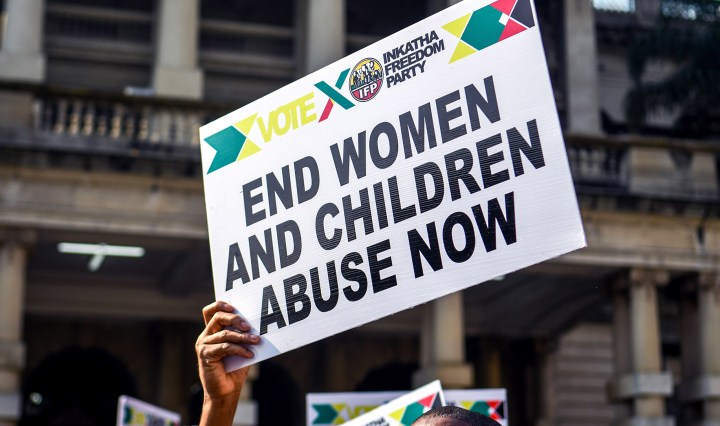
Almost 1,000 women lost their lives at the hands of their intimate partners between April 2020 and September 2022, according to SA police data. Meanwhile, government reached only one out of five of its targets within its action plan to fight gender-based violence and femicide.
Between April 2020 and September 2022, 988 women were killed through domestic violence in South Africa, police data shows. In about the same period, the government achieved just over a fifth of the targets in its action plan to curb gender-based violence and femicide (GBVF), according to a report released at the second Presidential Summit on the matter held in Midrand in early November.
Why?
Because, women’s rights activists say, a national council that was meant to be set up to tackle GBVF is still not up and running — four years since it was promised.
We’ve been here before.
An earlier version of an anti-GBV council was tried in 2012 and was supposed to manage the rollout of the 365-Day National Action Plan to End Gender Violence launched in 2007.
But the group was disbanded within two years because its legal power was poorly defined, it had too little money, and there wasn’t enough non-government representation, the Commission for Gender Equality found.
This time round, two voluntary bodies — the End GBVF Collective and the GBVF Response Fund — were established to get the ball rolling while the government put the legal framework in place for setting up the new incarnation of the council.
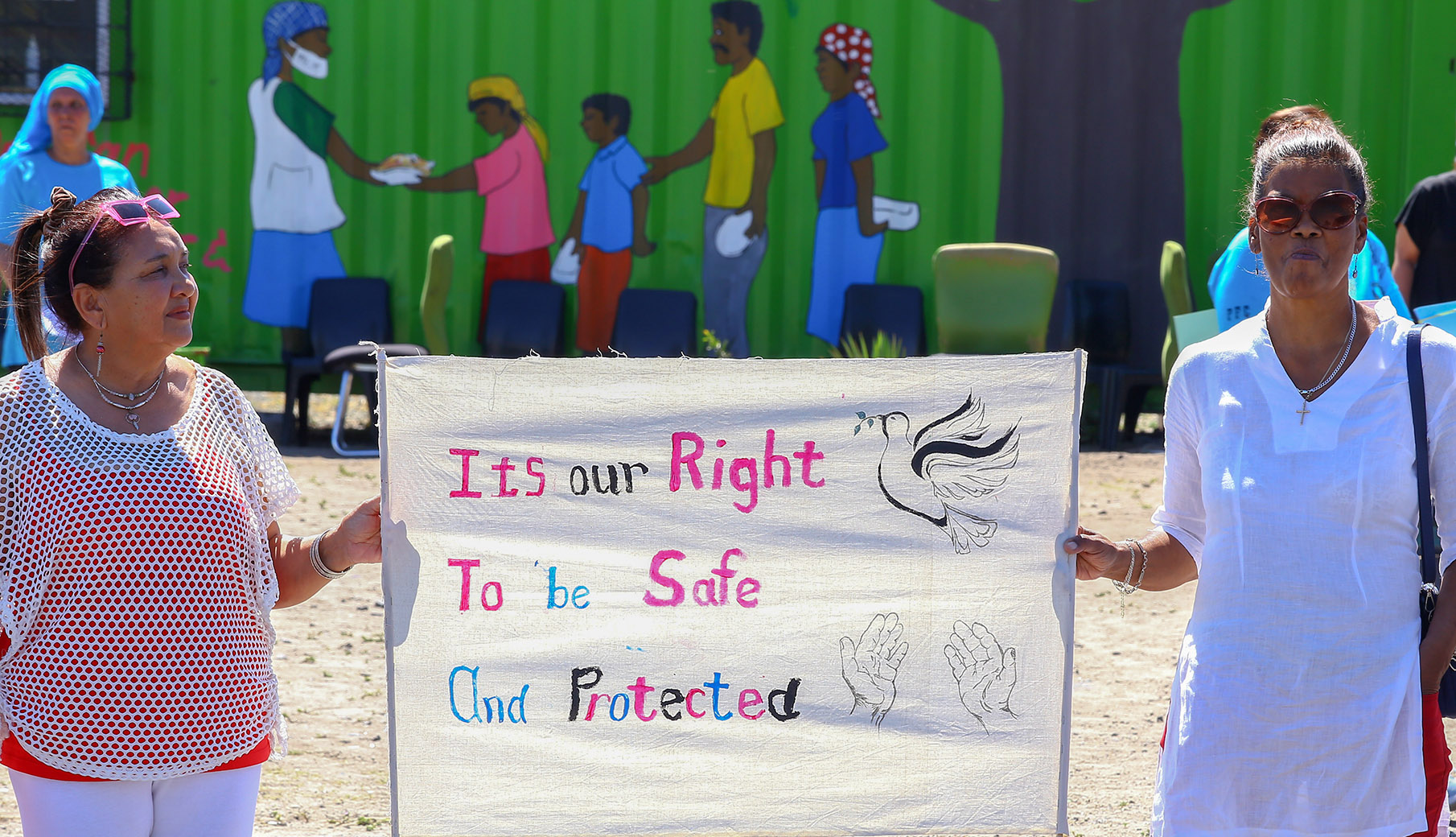
Protesters during a Moms Move For Justice Protest Against GBV protest in Hanover Park on November 28, 2022 in Cape Town, South Africa. The group protested against Gender Based Violence (GBV) and the prevalence of gang violence. (Photo: Gallo Images / Ziyaad Douglas)
The End GBVF Collective is a think tank of researchers and civil society organisations that are responsible for getting the National Strategic Plan on GBVF off the ground, whereas the Response Fund backs community-based organisations to help prevent GBVF from happening and protect victims.
But both these teams were only meant to be stop-gaps and their terms would end once the national council is established. With small budgets, it’s difficult to tackle a scourge that cost the country R36-billion in 2019 alone, according to a research report estimate. (For example, the Response Fund started out with a promise of R162-million; R108-million in cash had been received by the end of February.)
Maite Nkoana-Mashabane, the minister of women, youth and persons with disabilities, the state department that’s responsible for the GBVF action plan, told disgruntled delegates at the second Presidential Summit on GBVF that the National Council on Gender-Based Violence and Femicide Bill will be signed into law before April 2023.
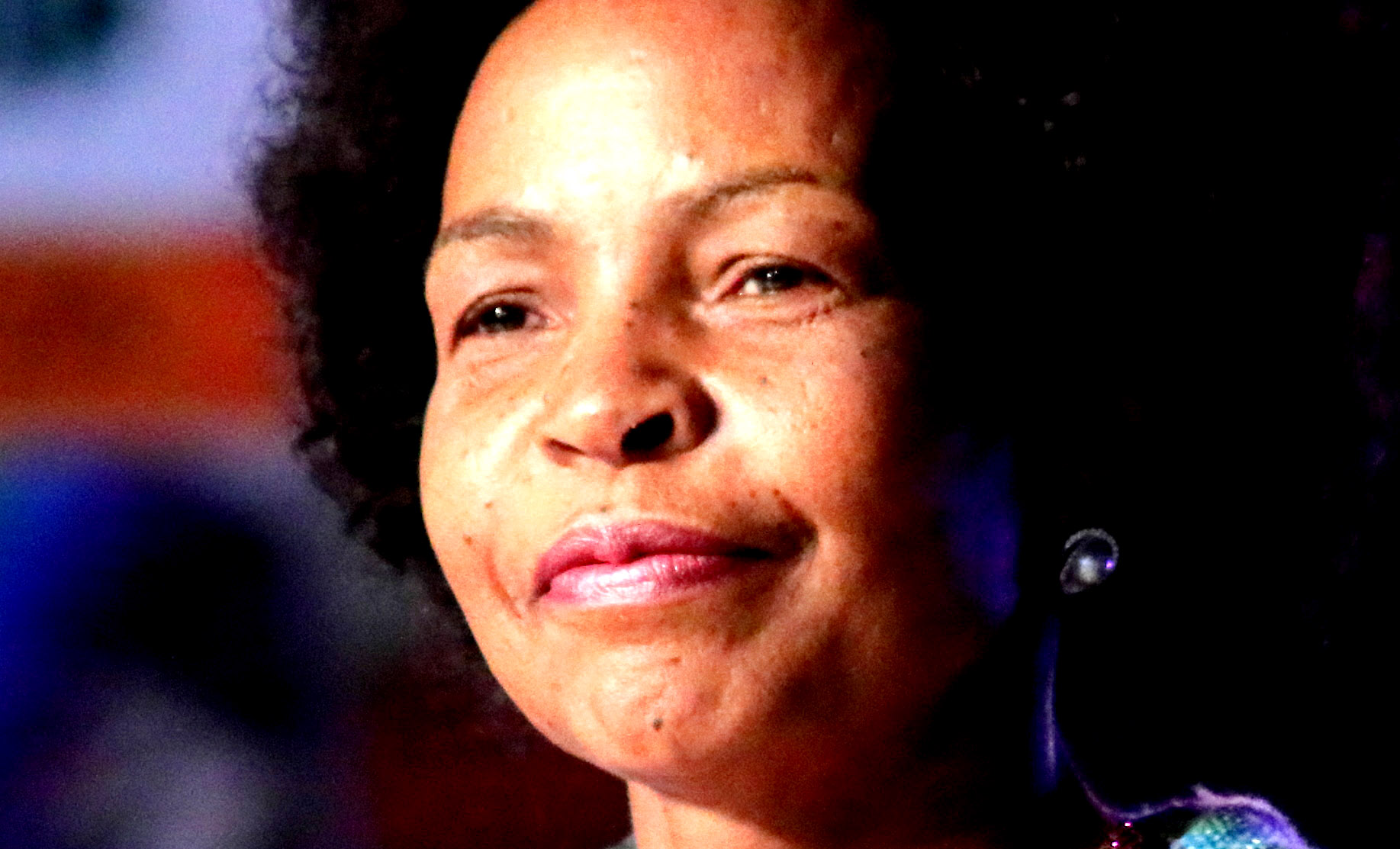
Minister Maite Nkoana – Mashabane. (Photo: Gallo Images/Fani Mahuntsi)
But activists fear that it’s yet another case of talk without action. Says Loyiso Saliso, one of the founders of the #TotalShutdown movement: “We have a government with a PhD in drafting advanced policy, but an allergy when it comes to implementing it.”
We look at what’s worked so far and what hasn’t.
The good: A more accurate picture of GBV is emerging
One of the Response Fund’s big wins since its launch in February 2021 has been putting together the GBVF statistics dashboard, which uses South African Police Service (SAPS) data to create a more accurate picture of the violence women face.
In 2020, Police Minister, Bheki Cele, announced 30 GBVF hot spots in the country. Police stations in these places would receive extra money from the government, for example to set up permanent desks to handle only GBVF cases and buy DNA evidence collection kits (which are crucial for getting a conviction in rape cases).
But academics criticised the way the list was calculated.
Lisa Vetten of the University of Johannesburg, for instance, wrote for Bhekisisa that areas that reported the highest number of rape cases were not on the SAPS list, which meant that the DNA kits would not be going to the police stations where they’re needed most.
Plus, none of these target areas was in rural provinces such as the Northern Cape, because SAPS only looked at the total number of incidents that were reported, and so many of the trouble spots were in densely populated places.
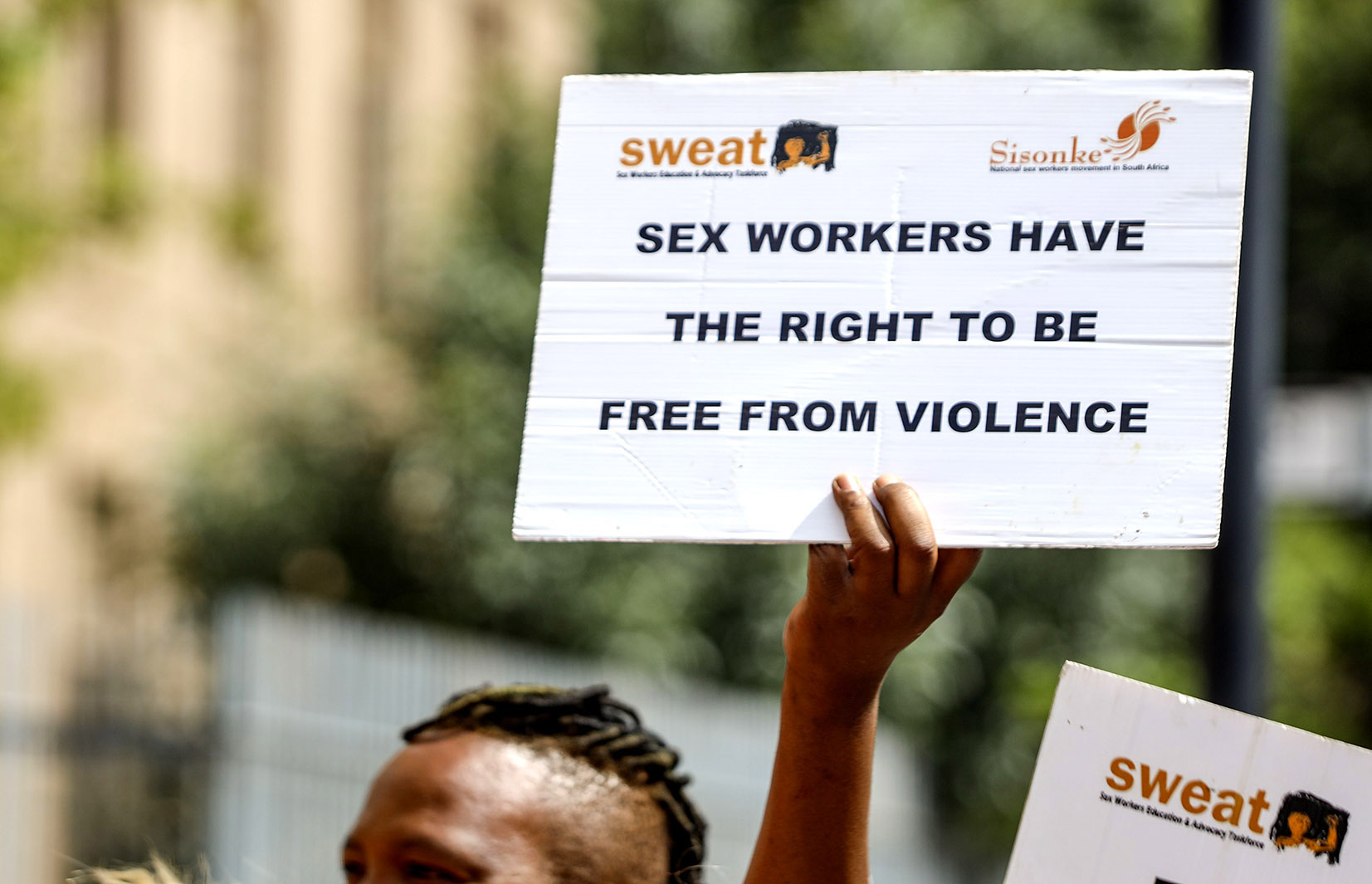
Sisonke Sex Workers Movement South Africa protest outside the Johannesburg Magistrate Court during the court appearance of a suspect in the murder of six sex workers on October 31, 2022 in Johannesburg, South Africa. It is reported that bodies of six women were discovered by the police at a panel beater building in Johannesburg Central Business District after the police were called to the crime scene following a foul smell coming out of one of the buildings. (Photo: Gallo Images / OJ Koloti)
Visit Daily Maverick’s home page for more news, analysis and investigations
The new dashboard calculates the rate of incidents against the population in a province — which revealed 15 extra hot spots, says Judith Dlamini, the Fund’s chairperson.
She explains that the updated data will eventually help the GBVF council (once it’s set up) to give money to projects in areas where it’s needed most.
So far, they’ve approved funding requests from 110 community nonprofits and identified four go-between organisations that will get money to help support 52 smaller groups.
The Fund’s board was only supposed to be in charge until February 2023, but as there’s no national council yet, their term has been extended until 2025, she says.
This way, Dlamini explains, if the council is set up next year, the Fund’s executive will stick around for two years to hand over the reins.
The bad: The missing billion and a bit
Activists at the summit said they were disheartened that government officials couldn’t say what had happened to R1.6-billion that President Cyril Ramaphosa set aside in 2019.
The money was supposed to fund the Emergency Response Action Plan (Erap) on Gender-Based Violence and Femicide, a six-month initiative that was meant to get some immediate solutions in place from October 2019. The idea was to focus on helping victims get legal support, preventing GBVF from happening in the first place, and bringing perpetrators to book.
Activists at the summit were under the impression that the money set out for the Erap was never spent — or that it disappeared — because the government’s budget reports didn’t mention this amount.
But, says Shalen Gajadhar, the spokesperson for the department of women, youth and persons with disabilities, there was never a separate kitty set up for this; instead, the six government departments responsible for the emergency plan had to find money in their existing budgets and pool it together.
Then the Covid pandemic hit and some of that cash had to be redirected — again.
This, together with a struggle to get the different departments to share information, made it difficult to get the Erap off the ground.
In the end, only 17 of the rapid plan’s 81 targets were met, according to a 2020 report by the Commission for Gender Equality, mainly because of departments not working together well, progress not being tracked and many targets simply being too ambitious.
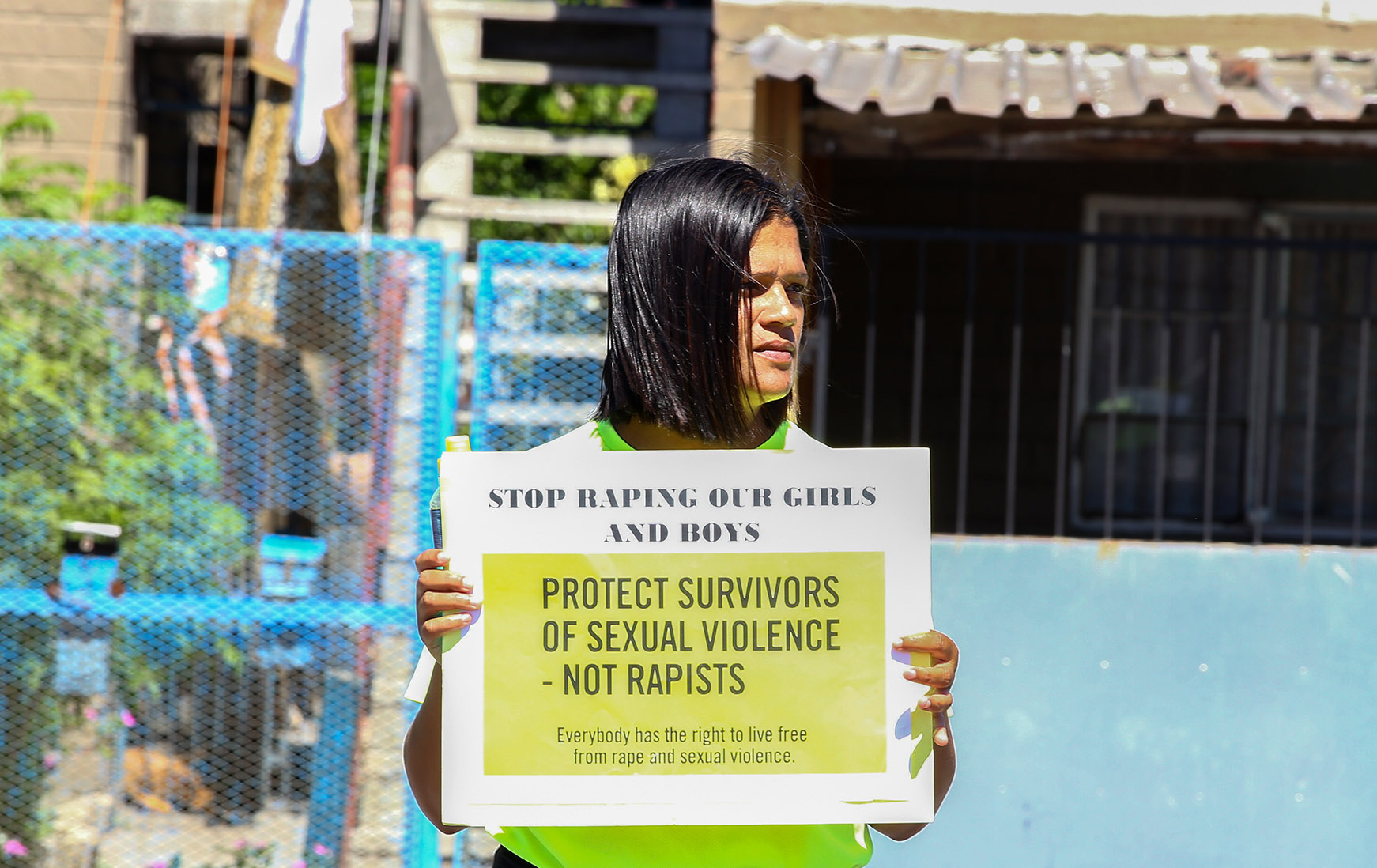
Protesters during a Moms Move For Justice Protest Against GBV protest in Hanover Park on November 28, 2022 in Cape Town, South Africa. The group protested against Gender Based Violence (GBV) and the prevalence of gang violence. (Photo: Gallo Images / Ziyaad Douglas)
The ugly: A decade without answers
One of the reasons the new council has not yet been set up, says Gajadhar, is that we need a well-resourced structure — something the ill-fated 2012 council was not.
The best model we have so far is the South African National Aids Council (Sanac). This body, which includes the government, private sector and civil society, is responsible for checking that the country’s National Strategic Plan for HIV, TB and STIs is rolled out well. It also raises money to fund HIV projects and advises the government on where the plan still needs work.
But its structure also has some drawbacks, because local teams who have to implement the overarching national goals don’t always have enough skills, power or money to do their work.
Getting all this right in drafting the legislation took time, explains Gajadhar: “From the outside, it looks like two years is a long time.”
But getting the Bill through the law-making process (such as public comments and parliament) is not a quick process, he says.
Once the Bill is signed into law, the council will be able to source and hand out funds to organisations and to monitor training projects, for instance.
At the summit, meanwhile, Onica Makwakwa, a director of Wise4Afrika and one of the people who helped to draft the GBVF action plan, reckons the event was a waste of money.
Makwakwa argues: “These resources should have gone into implementing the national strategic plan. If accountability only happens when we convene at costly conventions like this, then we’re clearly not going to meet our goals.” DM/MC
This story was produced by the Bhekisisa Centre for Health Journalism. Sign up for the newsletter.




















 Become an Insider
Become an Insider
Comments - Please login in order to comment.